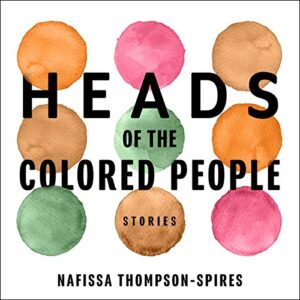

Whether or not they were armed, whether or not they were violent and whether or not there was a better way to solve the issue at hand does not matter. White police see black people and murder them without any regard as to who they are as a person, or what they have to offer to the world. The style of writing also shows that though we are all different, we are seen as the same by white police and the inevitable will happen because they don't see the diversity.

The style of writing shows the diversity of black people and, how just like everyone else, though we are diverse there is a lot of intersecting between personalities, styles and physical appearances. This was in contrast to how we see ourselves based on the fact that we know who we are better than anyone who can label us as to who they think we might be. I thought the style of writing was incredibly powerful as it brought attention to a lot of the stereotypes that are put on black people. What does this "black network narrative" lead you to consider about Thompson-Spires as a storyteller? That is to say, what's one thought you had about the creativity, style of writing, organizational approach, or artistic capabilities of a writer who composes a story that connects a variety of African American characters? Like her boyfriend Riley, she is devoted to cosplay. Another is Paris Larkin, who longs for a superpower to "make herself visible" (10). Then, there is a visual artist Kevan, who is hundreds of miles away from the main action in the story, but would later draw images of Black men, like Riley and Brother Man, killed by police (8).


Another Black man, referred to as Brother Man, "was burly but not violent and rather liked to regard himself as an intellectual in a misleading package" (4). One of the characters, a young Black man named Riley wears colored contacts and bleached hair, and, as we're informed by the narrator, "this wasn’t any kind of self-hatred thing” (1). The narrator takes the time to give us brief, in-depth takes on the movements, choices, and thoughts of four characters. In Nafissa Thompson-Spires's story “Heads of the Colored People: Four Fancy Sketches, Two Chalk Outlines, and No Apology," we are introduced to four characters whose individual stories intersect on a day that two of them are shot by police.


 0 kommentar(er)
0 kommentar(er)
